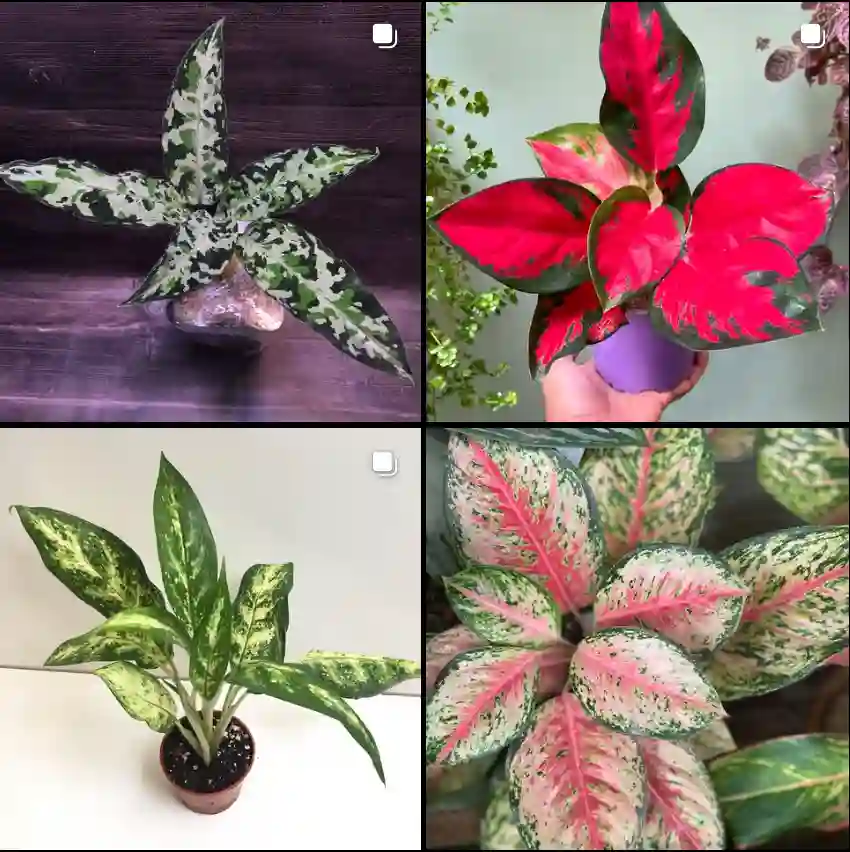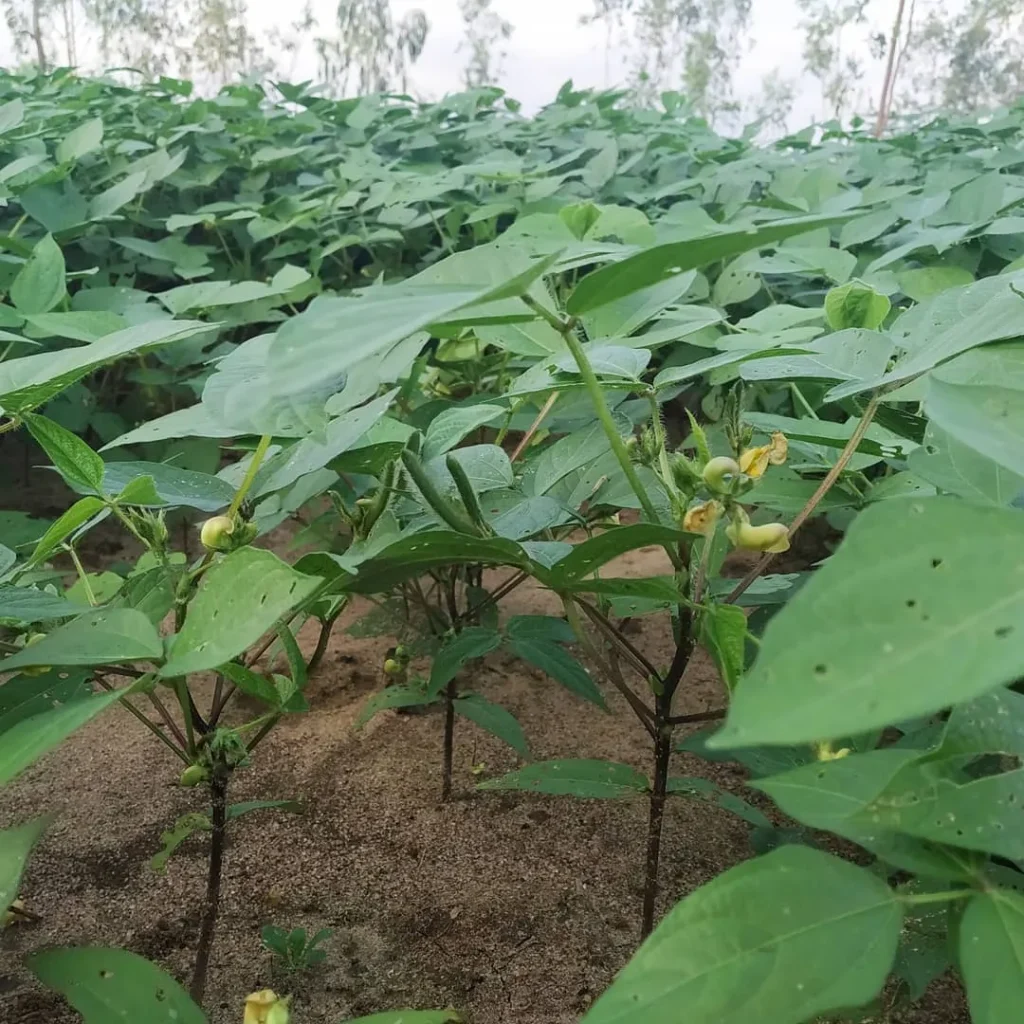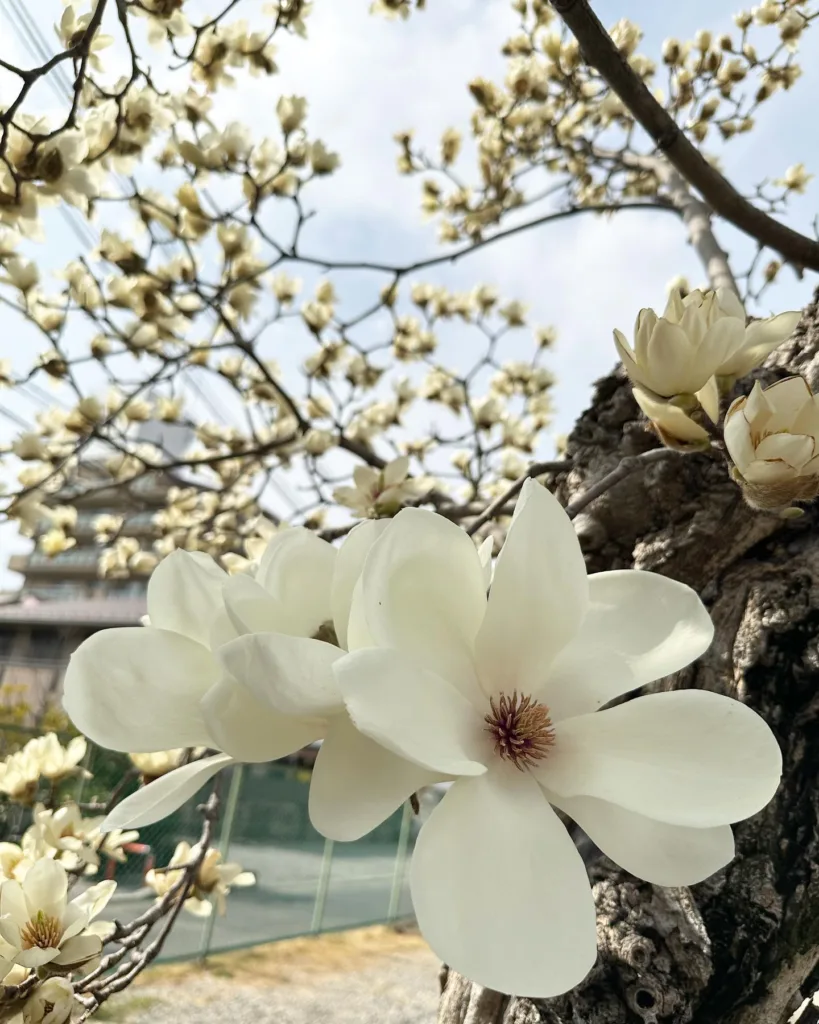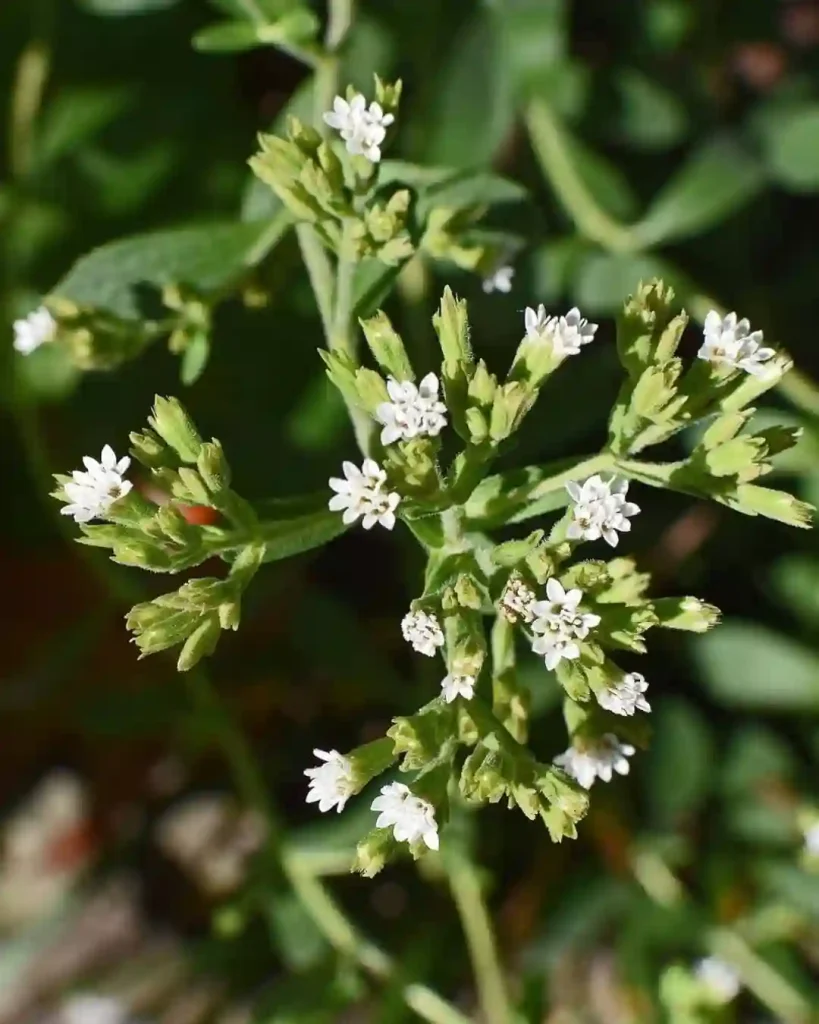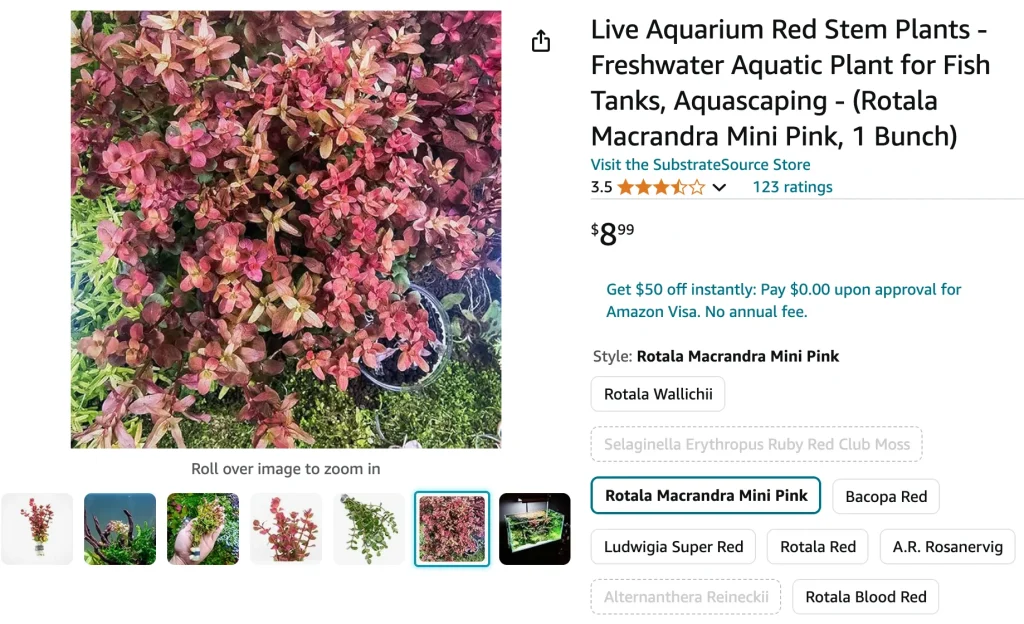
FAQs About Rotala Macrandra
As a passionate aquarist, I’ve had my fair share of experiences with Rotala Macrandra, a beautiful and versatile aquatic plant that adds a stunning touch to any aquarium. In this article, I’ll answer some frequently asked questions about Rotala Macrandra, sharing insights based on my personal experiences and observations.
76 Species in Genus Rotala
How to Grow Rotala Macrandra?
Growing Rotala Macrandra is quite straightforward once you understand its needs. This plant thrives in well-maintained aquatic environments with ample lighting and proper nutrients. Here’s what you need to know:
- Lighting: Rotala Macrandra requires strong, bright light to grow well. A high-intensity light setup, such as LED or T5 fluorescent lights, is ideal. Aim for at least 8 to 10 hours of light daily to promote healthy growth and vibrant coloration.
- Substrate: Use a nutrient-rich substrate, such as aquasoil, to support root development. The substrate should be deep enough to anchor the plant and provide essential nutrients.
- Fertilization: Regular fertilization is crucial for Rotala Macrandra. Use a liquid fertilizer or root tabs to provide the necessary nutrients. A balanced fertilizer with micronutrients will help keep the plant healthy and promote vibrant growth.
- CO2 Supplementation: While Rotala Macrandra can grow without CO2 injection, adding CO2 can significantly boost its growth and coloration. A CO2 system will help the plant thrive and produce lush, dense foliage.
How to Trim Rotala Macrandra?
Trimming Rotala Macrandra is essential for maintaining its shape and promoting healthy growth. Here’s how to do it:
- Frequency: Trim your Rotala Macrandra every 1 to 2 weeks to prevent it from becoming too leggy and to encourage bushier growth.
- Technique: Use sharp, clean scissors or aquarium plant trimmers to cut the stems. Trim about one-third of the plant’s height, removing any leggy or old growth. Make sure to cut above a node to promote new growth.
- Propagation: After trimming, you can propagate the plant by replanting the cuttings. Simply plant the trimmed stems back into the substrate, and they will grow into new plants.
What is the pH Range for Rotala Macrandra?
Rotala Macrandra prefers a slightly acidic to neutral pH range. The ideal pH range for this plant is between 6.0 and 7.0. Maintaining this pH range will help ensure optimal growth and prevent nutrient deficiencies.
What is the Temperature Range for Rotala Macrandra?
Rotala Macrandra thrives in a temperature range of 72°F to 78°F (22°C to 26°C). Keeping the water temperature within this range will support healthy growth and vibrant coloration.
How to Care for Rotala Macrandra?
Proper care is essential for keeping Rotala Macrandra healthy and vibrant. In addition to regular trimming and fertilization, ensure the following:
- Water Quality: Maintain excellent water quality with regular water changes and proper filtration. Rotala Macrandra is sensitive to poor water conditions, so keeping the water clean is crucial.
- Tank Mates: Rotala Macrandra is compatible with most peaceful aquarium fish and invertebrates. Avoid aggressive species that may damage the plant.
How to Propagate Rotala Macrandra?
Propagating Rotala Macrandra is easy and can be done through cuttings. Here’s how:
- Select Healthy Stems: Choose healthy, vigorous stems from your existing plant. Ensure they are free of disease or damage.
- Cut and Replant: Use sharp scissors to cut the stems just above a node. Replant the cuttings in the substrate, ensuring they are firmly anchored.
- Care for New Growth: Provide the same care as you would for the parent plant, including adequate lighting, fertilization, and CO2 supplementation.
What to Plant With Rotala Macrandra?
Rotala Macrandra pairs well with other aquatic plants that have similar care requirements. Consider planting it alongside:
- Anubias: Adds contrast with its broad leaves.
- Cryptocoryne: Complements Rotala Macrandra’s vibrant colors.
- Java Fern: Provides a lush, green backdrop.
Can You Grow Rotala Macrandra Indoors?
Yes, Rotala Macrandra can be successfully grown indoors in an aquarium. Ensure you provide adequate lighting and CO2 supplementation to mimic its natural environment. With the right conditions, it can thrive indoors and add beauty to your tank.
Is Rotala Macrandra Toxic?
No, Rotala Macrandra is not toxic to humans or animals. It is a safe choice for aquarium setups with both fish and invertebrates.
Benefits of Rotala Macrandra
Rotala Macrandra offers several benefits to aquarium enthusiasts:
- Aesthetic Appeal: Its vibrant colors and unique shape add a striking visual element to any aquarium.
- Oxygenation: Like all aquatic plants, it helps improve water quality by producing oxygen and absorbing excess nutrients.
- Habitat: Provides a natural habitat for fish and invertebrates.
Common Problems with Rotala Macrandra
Some common issues with Rotala Macrandra include:
- Leggy Growth: Often a sign of insufficient light. Increase lighting duration or intensity.
- Nutrient Deficiencies: Yellowing or stunted growth may indicate a lack of essential nutrients. Regular fertilization can help.
- Algae Growth: Excessive algae growth can compete with Rotala Macrandra for nutrients. Maintain good water quality and lighting to minimize algae problems.
Compare with Similar Plants
Rotala Macrandra is often compared to Rotala Indica and Rotala Rotundifolia. While all three have similar care requirements, Rotala Macrandra is distinguished by its larger, more colorful leaves and its slightly different growth pattern.
In conclusion, Rotala Macrandra is a beautiful and rewarding plant to grow in an aquarium. By following these guidelines and understanding its needs, you can enjoy a lush, vibrant tank that showcases this stunning aquatic plant to its fullest potential.
If i die, water my plants!
